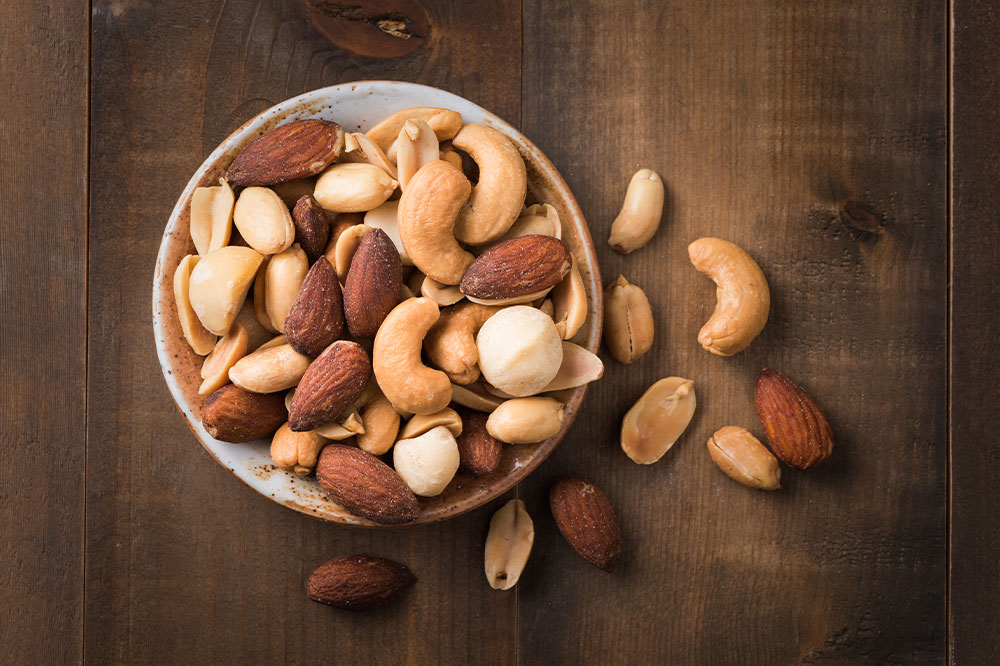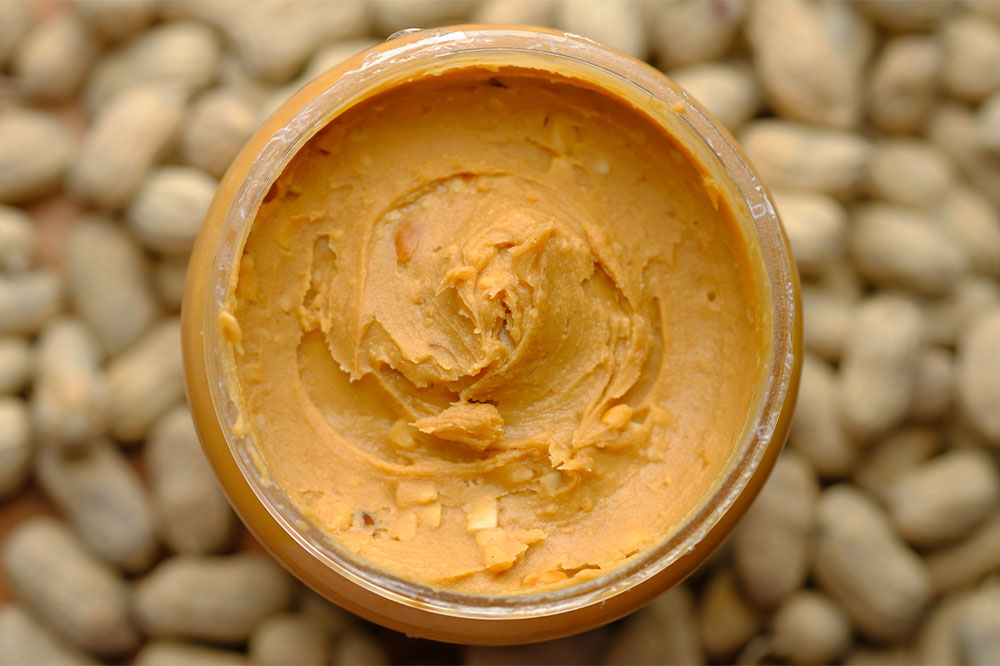Signs of Joint Problems Linked to High Sugar Intake

Joint pain can be a natural consequence of aging, or it could be a symptom of conditions like arthritis and gout. While these diseases usually affect older adults, research suggests a link between excessive sugar intake and the risk of developing joint pain. Further, sugar may worsen symptoms of joint problems. Further, one may be likely to experience pain and stiffness in the joints when dealing with diabetes or high blood sugar.
Arthritis and sugar intake
According to two long-term studies, female participants who were given more than one sugar-sweetened soda every day had a 63% higher risk of developing deep positive rheumatoid arthritis. However, the conclusions were not solely based on sugar intake, but also determined by other factors like eating a lot of processed food. People with arthritis may experience an increase in joint pain when choosing potentially triggering foods like processed and sugary items.
Signs of joint problems
Anecdotal evidence suggests that those dealing with joint pain experience episodes of pain after having sugary foods and beverages. So, high sugar may worsen symptoms of existing joint problems. Here are a few signs one may observe:
Pain and mobility issues
Over time, unhealthy food choices can lead to multiple health issues, including joint pain. Poor eating habits include high sugar intake, which can lead to an increase in body mass, exerting additional stress on the joints. The pressure usually affects the the joints in knees and ankles, potentially making it difficult for one to carry out everyday activities like walking, standing up, sitting down, running, and jogging. So, it is important to incorporate healthy and sustainable lifestyle changes into the daily routine to avoid complications like joint pain.
Swelling and inflammation
Research suggests that eating too much sugar triggers excessive production of cytokines—inflammatory proteins. So, with a high intake of sweet foods and beverages, the body is at risk of inflammation, which is one of the causes of joint pain. Inflammation in the muscles and tissues surrounding the joints can lead to swelling in the region. This is brought on by excess fluid. As a result, the inflammation can exert pressure in the muscles and joints. Due to swelling and inflammation in the bones, one may be at risk of other complications like flexibility and mobility issues, which can make it difficult to carry out routine tasks.
Fatigue
Sugar intake leads to a glucose spike in the blood which means one has a boost of energy in the body. However, this spike leads to a sugar crash later, leading to lethargy. While lethargy and fatigue are not directly related to joint pain, they limit movement and willingness to exercise. Physical activity helps keep the joints active and strong. Research suggests that strength training is essential for improving bone health and decreasing the risk of early onset of osteoporosis.
If one is experiencing joint pain, they should consult a doctor and get a detailed diagnosis to help identify triggers and initiate treatment.
Lifestyle changes
Here, the first step would be to speak to a nutritionist who takes into account daily activities and nutritional needs and suggests foods to help keep joints strong and healthy. One can make the following changes to reduce sugar intake when dealing with joint pain:
Eat whole fruits: Choosing whole fruits over processed desserts is one of the easier swaps to make for limiting sugar intake. Fruits can be great for satisfying sugar cravings and providing essential nutrients to the body without increasing the risk of inflammation and dehydration. Further, one should avoid store-bought fruit juices, which are usually marketed as healthy beverages, but can be highly concentrated sugar drinks without fiber. Additionally, one should opt for veggies to get appropriate fiber and nutrients, which can improve gut health. Gut microbes play an important role in keeping the body healthy by helping with digestion. There are studies to suggest that gut microbes in those dealing with arthritis are different than those without arthritis and that poor gut health or a disturbance in the gut microbiome can trigger arthritis symptoms.
Check food labels: Cutting down on processed food can help lower the risk of inflammation. Processed foods contain trans fats and added sugar that can increase body mass and fat deposits, exerting additional stress on the body. So, while buying food, one should always check the labels and the nutritional facts written. A “sugar-free” product might contain preservatives and artificial flavors that can increase inflammation. Do not blindly follow a “no sugar” label as it may have added hidden preservatives. One should also avoid extremely fatty products when dealing with joint conditions like arthritis. Speaking to a nutritionist can help one follow a meal plan that helps alleviate pain and avoid triggers.
Exercise: One of the ways to manage joint pain is to have an active lifestyle. A daily routine that does not have adequate physical activity and movement can increase the risk of stiff joints and flexibility issues. So, when dealing with joint problems, strength training exercises can help alleviate discomfort. However, these exercises should be performed under the supervision of a trainer or a physical therapist to avoid any injury and additional stress on the affected joints. An expert can come up with a safe and sustainable workout routine that does not overwork the joints and improves mobility.
One should keep an eye out for any changes in the body, like sudden stiffness in joints and difficulty while moving, sitting, or standing up. On noticing signs of joint problems, one should seek medical assistance and get timely treatment. Additionally, lifestyle changes like following a sustainable meal plan, adopting an active lifestyle, and getting regular checkups can help one manage the symptoms.







